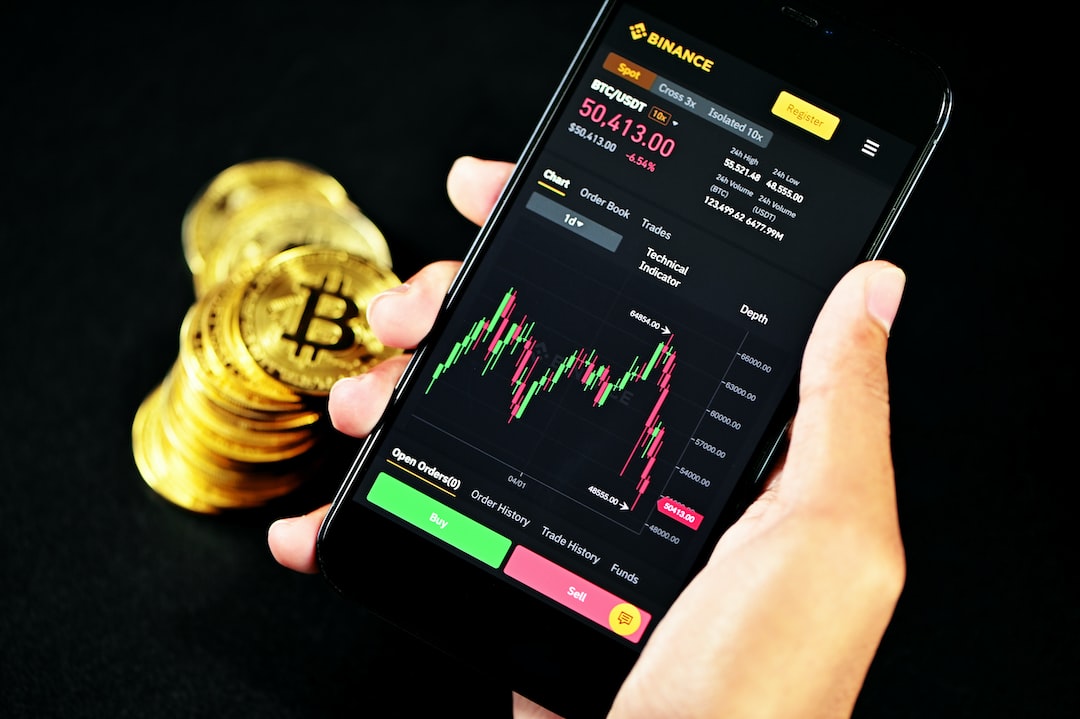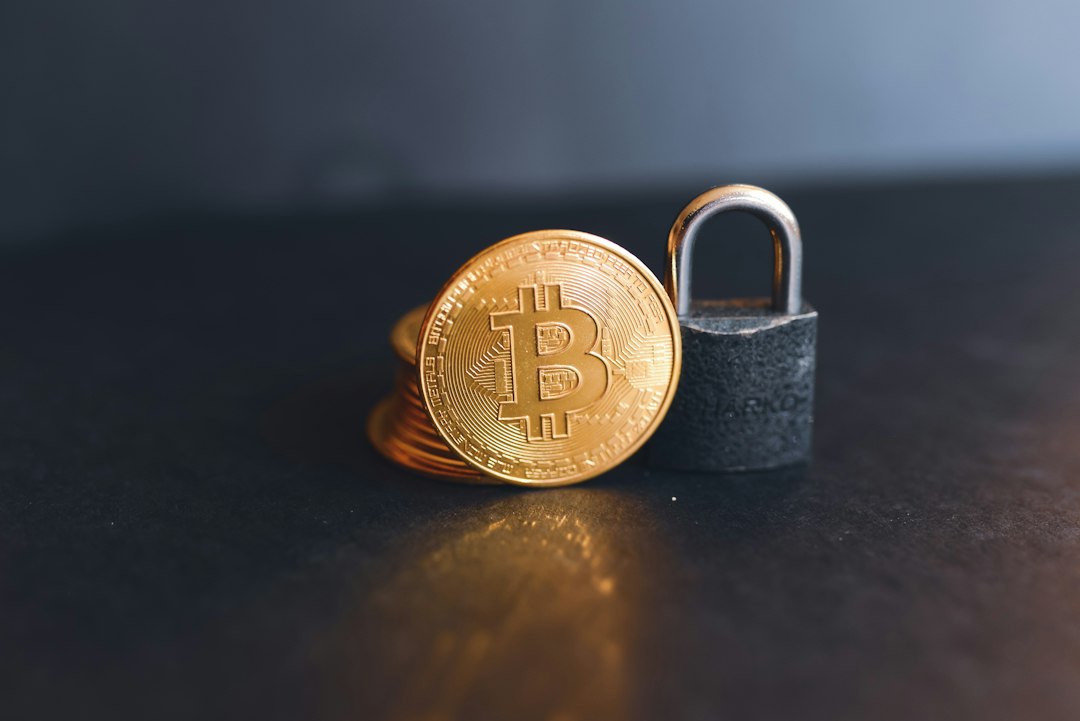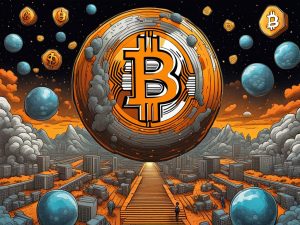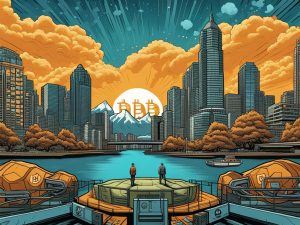Decoding the Strategy of Coin Burn in Cryptocurrency Circles
Are you a cryptocurrency enthusiast looking to delve deeper into the intricacies of this ever-evolving digital landscape? If so, you’ve likely come across the term “coin burn.” But what does it mean, and why is it an important strategy in cryptocurrency circles? In this article, we will decode the concept of coin burn, its purpose, and how it impacts the crypto market.
What is Coin Burn?
When a cryptocurrency project decides to burn coins, it means they are permanently removing a portion of their total supply from circulation. This process involves sending these coins to an address where they become unspendable and are effectively taken out of circulation forever. The process is irreversible and often publicly recorded on the blockchain for transparency.
Why Do Projects Burn Coins?
Coin burn can serve various purposes depending on the specific goals of a cryptocurrency project. Here are some common reasons:
1. Decreasing Supply: By reducing the number of coins available in circulation, projects aim to create scarcity, which can potentially increase the value of each remaining coin. This approach is often seen as a way to combat inflationary pressures.
2. Rewarding Token Holders: Some projects choose to burn a portion of their tokens as a way to reward long-term holders. By reducing supply, existing token holders may benefit from increased demand and potentially see an appreciation in the value of their holdings.
3. Enhancing Project Credibility: Coin burns can also be seen as a way for projects to demonstrate their commitment and confidence in their own token. By voluntarily reducing supply, projects signal that they believe in the long-term viability and success of their cryptocurrency.
How Does Coin Burn Affect the Crypto Market?
The impact of a coin burn can vary depending on several factors, including the project’s overall market capitalization and the percentage of coins being burned. Here are a few ways in which coin burns can influence the crypto market:
1. Price Appreciation: If a significant amount of coins are burned, the reduced supply can create increased demand, potentially leading to price appreciation. However, it is important to note that other market factors also play a role in determining the value of a cryptocurrency.
2. Investor Sentiment: Coin burns can generate positive sentiment among investors and traders. The act of burning tokens may be seen as a demonstration of a project’s commitment to its community and long-term success, leading to increased confidence in the project.
3. Market Manipulation: In some cases, coin burns may be used as a strategy for market manipulation. Projects may intentionally burn a small number of tokens to create artificial scarcity and drive up prices temporarily. It is crucial for investors to carefully evaluate the motives behind any coin burn announcements.
FAQs
Q: Can anyone perform a coin burn?
A: Coin burns can only be performed by cryptocurrency projects themselves. It involves accessing the project’s smart contract and sending the designated tokens to an unspendable address.
Q: How can I track coin burn events?
A: Coin burn events are typically announced by cryptocurrency projects through official channels such as their website or social media platforms. Additionally, blockchain explorers allow users to view transactions and identify addresses where coins have been sent for burning.
Q: Is coin burn a common practice?
A: Coin burn is a strategy used by many cryptocurrency projects, particularly those based on blockchain technology. However, not all projects choose to implement this strategy, and its frequency varies depending on project goals and market conditions.
Q: Can coin burns be reversed?
A: No, once coins are burned, the process is irreversible. The tokens become unspendable and are permanently removed from circulation.
In conclusion, coin burn is a strategy employed by cryptocurrency projects to reduce supply, reward token holders, and enhance credibility. By removing coins from circulation, projects aim to create scarcity and potentially increase the value of their tokens. However, it’s essential for investors to carefully evaluate the motives behind coin burns and consider other market factors when assessing the potential impact on a cryptocurrency’s value.





 By
By
 By
By
 By
By

 By
By